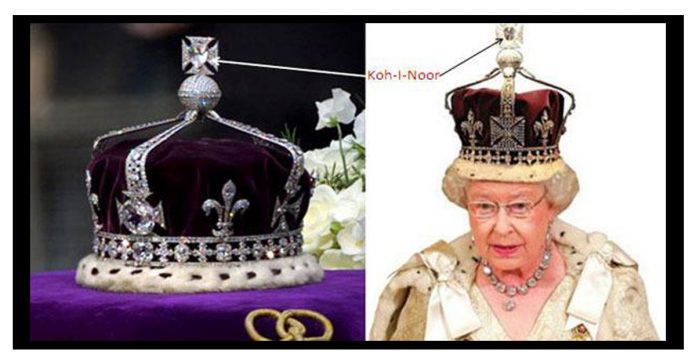It’s world-known that the British empire ruled several countries across the globe, and they ruled India for 200 years. In their ruling span, they took several valuable things from India and worldwide that cost millions. Britishers took around $45 trillion worth of things, according to a study. We have created a comprehensive guide of how Britishers took valuables from several countries.
Koh-i-Noor
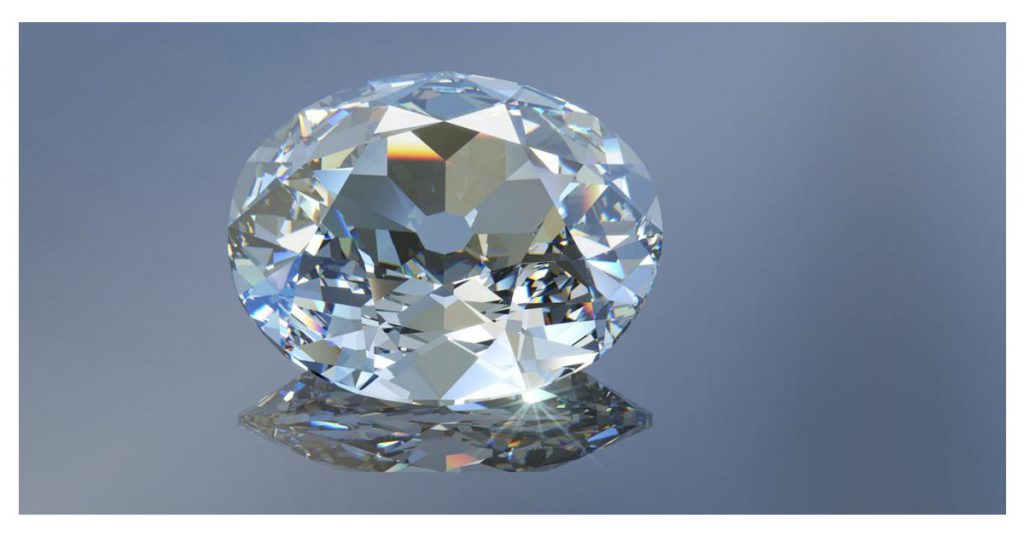
who doesn’t know Koh-i-Noor? According to Hindu beliefs, the diamond was revered by Hindu Lord Krishna; some believe the diamond was discovered long ago in the alluvial mines. In ancient times Indian emperors adorned jewellers, among many precious gems; two stones were particularly the most valuable Taimur ruby and Koh-i-Noor. The diamond was lodged on top of the throne during the Mughal era and passed on to various rulers. When power vacuums grew, Britishers took advantage. Kohinoor was the symbol of beauty and power and, not to forget the most expensive and precious stone known to the world. Britishers always had an eye on Kohinoor. Right now, Kohinoor is embedded in the crown of Queen Elizabeth.
Elgin Marbles
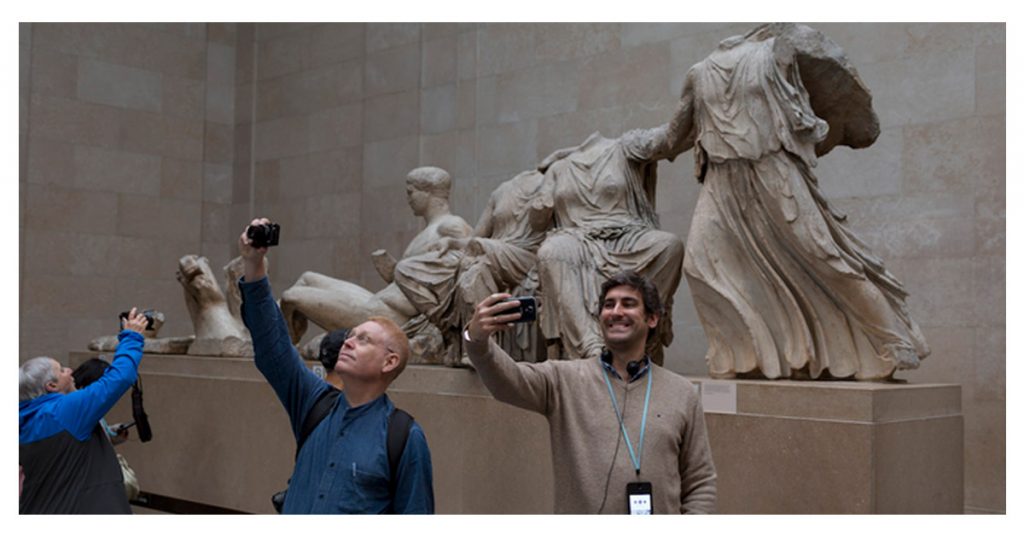
Now called Parthenon sculptures in the British Museum, London is a collection of ancient Greek sculptures. England removed objects from ancient buildings and the Parthenon of Athens and shipped them through arrangement by Thomas bruce. The removal of objects created havoc that demonstrated the questions about ownership and their return to their original place. Elgin selected the pieces to be shipped in England from the vast treasure of architecture. Some of these were an anta capital, walls of Parthenon, friezes, blocks of wall crown etc. Even after shipment, the collection was kept private, which erupted the question of dishonesty but was later presented in the museum. The Greek government often demanded the return of sculptures, but Britishers claimed to save artefacts from destruction and thus could not return.
Benin Bronzes
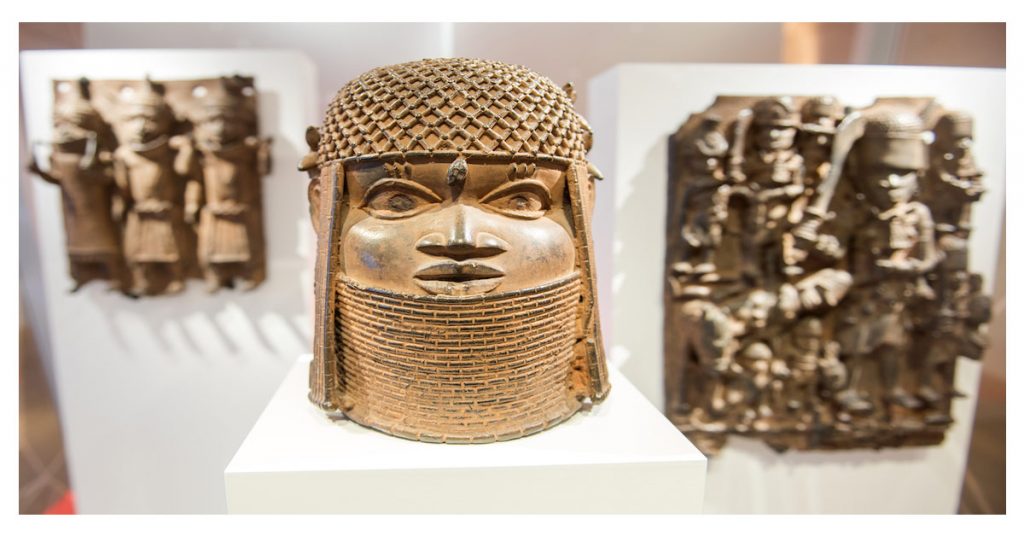
A collection of ivory and pilfered wood artworks looted by British soldiers in q897 now remain in western museums. Benin city, once the heart of the Edo kingdom of Benin, was rich in beauty and metalworking. A group of skilled workers produced historical sculptures and artefacts that the British took. British soldiers ripped the walls of Oba’s plaques and carted off whatever looked valuable irrespective of cultural and religious significance. The combined collection of artefacts are known as Benin bronzes. The collection was distributed among Britishers; some took shape into public actions while some were held privately. Today world’s maximum of Benin bronzes collection is present in the British Museum.
Seeds of Hevea Brasiliensis
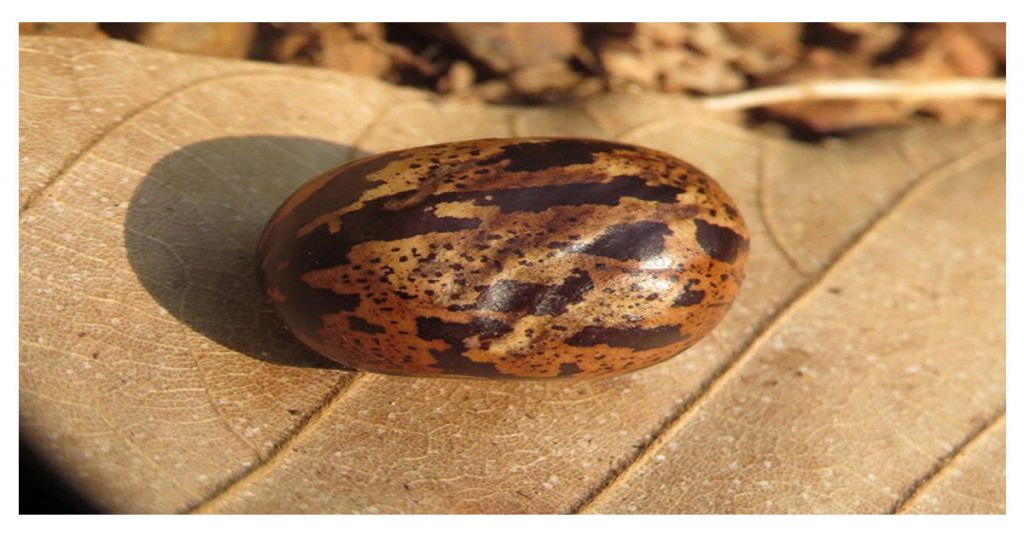
what harm can seeds of some trees cause? Or what might be their value? Well! Bazillions know how valuable they are. Hevea Brasiliensis is a rubber tree that bears fruits at four years of age. It contains three or four seeds that fall on the ground when fruit splits. British traveller Henry Whickham stole 70000 seeds and smuggled them to London scientists. When rubber was the most expensive natural resource, there was no such thing called rubber plantation. They grew naturally on the most dangerous corners. At that time, it was a treasure and property of Brazil, and like other items, the British took them.
Wine cup of Shah Jahan
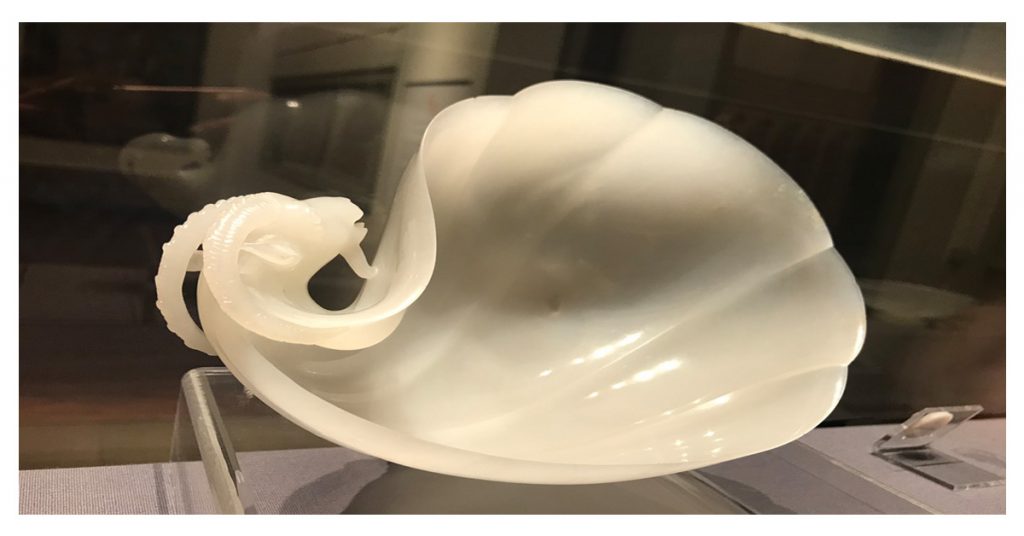
The royal cup was made up of jade that was specially imported either from China or Asia. White nephrite jade was designed specifically for Mughal emperor Shah Jahan. Cup has a ground shape of paisley with a handle shaped like the head and the bottom has a beautiful construction of lotus flower. The cup has an inscription of Shah Jahan’s title, “the second lord of the conjunction”, taken over by British colonial Charles seton Guthrie and then passed on to several purchases. At last, it was acquired by the Victoria and Albert Museum.
Tipu’s Tiger
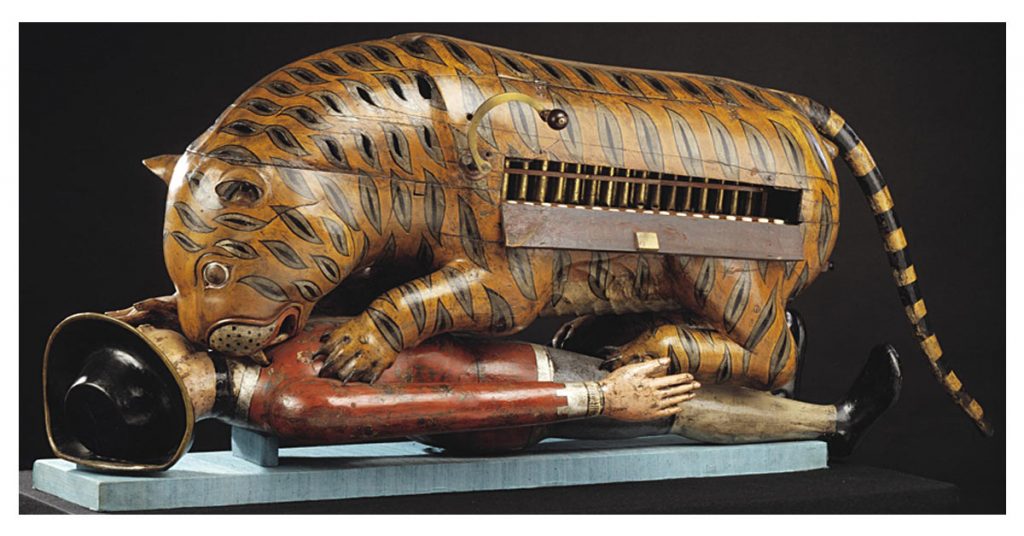
Tiger was a mechanical contraption custom made for Tipu, the king of Mysore, to find solace and show his anger against the British East India company. Tiger was a state symbol and used to incorporate into an object where the tiger was hovering over a British soldier. Tipu’s tiger became a symbol of angst and rivalry between the British East India company and the kingdom. Later in the war with the British, when the king died, Britishers took the symbol to London and it is now kept in the Victoria and Albert Museum. It was first exhibited to the general public in the east India house in London and later taken to the museum.
The Nassak Diamond
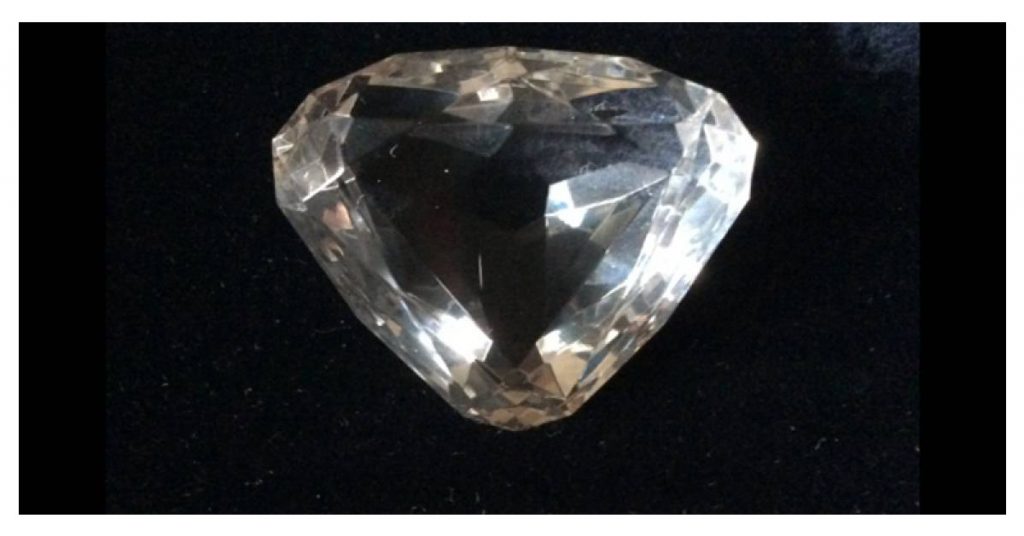
One of the 20 biggest diamonds globally, The Nassak originally 89-carat diamond was cut into a 43.38-carat diamond. A small town near Nashik city of Maharashtra still has the deity of lord shiva with the crown but without its main gemstone, Nassak. In 1818 when Bajirao II surrendered to the Britishers, he handed the stunning and most valuable diamond to Colonial J Briggs, who later handed it over to Marquess of Hastings. The diamond was sent to London, was subsequently sold. Till today the crown can be seen on the deity with several other stones, but nothing can match the beauty of Nassak.
Rosetta Stone
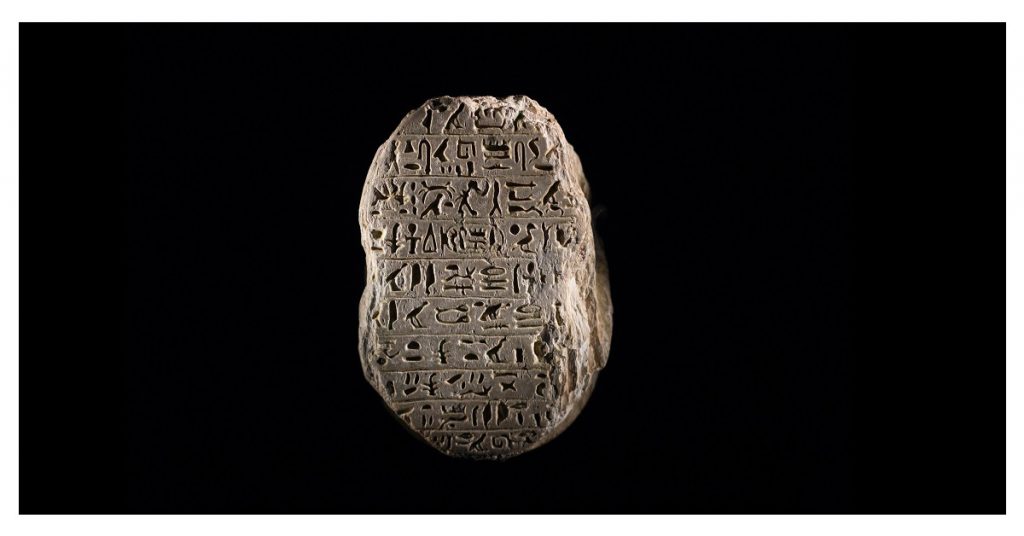
Ancient Egyptian stone with the inscription of several scripts and languages; The stone has irregularities, 2 feet 4.5 inches wide and 3 feet 9 inches long. The antiquity was found near the town of Rosetta, primarily called Rashīd. Founded by Boussard in 1799 it was passed on to Britishers after being surrendered by Egypt. Rosetta stone is one of the most valuable objects kept in the British Museum. Stone has an inscription in two languages, Greek and Egyptian, written in the 9th century to honour the accession to the throne.
Ring of Tipu Sultan
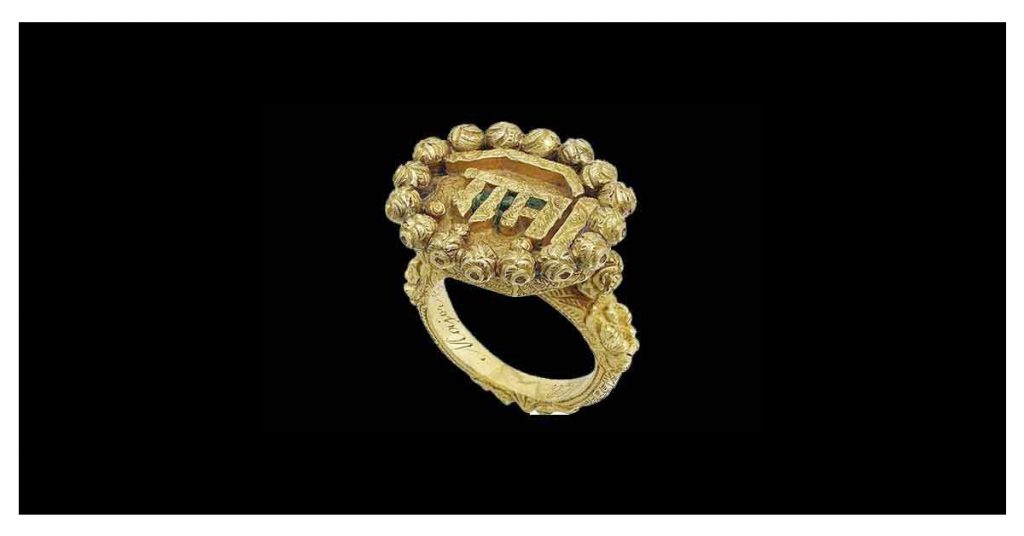
At the battle, Seringapatam in 1799, took the ring from Arthur Wellesley, who initially had taken it from Tipu Sultan, the king of Mysore. The ring was taken from the king’s body after his death in the Anglo Mysore war. He died during the battle between his kingdom and the British East India company. The ring has an inscription of the name and deity of Hindu god Rama which reportedly sold for over €145000 in London by Christie’s auction. Several controversies followed the ring.


